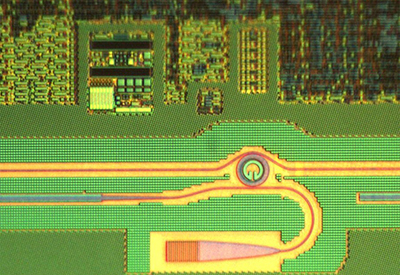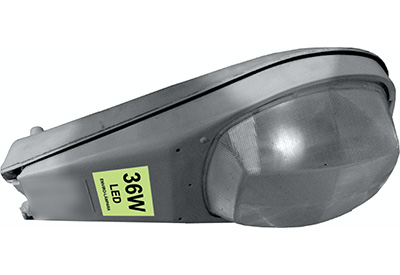Light-Based Microprocessor Chip Could Lead to More Powerful Computers, Network Infrastructure

Jan 11 2016
Researchers at the University of Colorado Boulder, in collaboration with the University of California, Berkeley and the Massachusetts Institute of Technology (MIT), have developed a groundbreaking microprocessor chip that uses light, rather than electricity, to transfer data at rapid speeds while consuming minute amounts of energy.
Details of the new technology, which could pave the way for faster, more powerful computing systems and network infrastructure, were published in the journal Nature.*
“Light based integrated circuits could lead to radical changes in computing and network chip architecture in applications ranging from smartphones to supercomputers to large data centres, something computer architects have already begun work on in anticipation of the arrival of this technology,” says Miloš Popović, an assistant professor in CU-Boulder’s Department of Electrical, Computer, and Energy Engineering and a co-corresponding author of the study.
Traditional microprocessor chips — the ones found in everything from laptops to supercomputers — use electrical circuits to communicate with one another and transfer information. In recent years, however, the sheer amount of electricity needed to power the ever-increasing speed and volume of these data transfers has proven to be a limiting factor.
To overcome this obstacle, the researchers turned to photonics, or light-based, technology. Sending information using light rather than electricity reduces a microchip’s energy burden because light can be sent across longer distances using the same amount of power.
“One advantage of light based communication is that multiple parallel data streams encoded on different colours of light can be sent over one and the same medium — in this case, an optical wire waveguide on a chip, or an off-chip optical fibre of the same kind that as those that form the Internet backbone,” says Popović, whose CU-Boulder-based team developed the photonic device technology in collaboration with a team led by Rajeev Ram, a professor of electrical engineering at MIT.
“Another advantage is that the infrared light that we use — and that also TV remotes use — has a physical wavelength shorter than 1 micron, about one hundredth of the thickness of a human hair,” said Popović. “This enables very dense packing of light communication ports on a chip, enabling huge total bandwidth.”
The new chip has a bandwidth density of 300 gigabits per second per square millimetre, about 10 to 50 times greater than packaged electrical-only microprocessors currently on the market.
Measuring just 3 millimetres by 6 millimetres, the chip bridges the gap between current high-speed electronics manufacturing and the needs of next-generation computing for chips with large-scale integrated light circuits. It retains state-of-the-art traditional electronic circuitry while incorporating 850 optical input/output (I/O) components in order to create the first integrated, single-chip design of its kind.
“This is a milestone. It’s the first processor that can use light to communicate with the external world,” says Vladimir Stojanović, an associate professor of electrical engineering and computer sciences at the University of California, Berkeley who led the collaborative team in this research. “No other processor has photonic I/O in the chip.”
By combining the optical circuitry and electronic circuitry on a single chip, the researchers anticipate that the new technology can be integrated into current manufacturing processes smoothly and scaled up for commercial production with minimal disruption.
“We figured out how to reuse the same materials and processing steps that comprise the electrical circuits to build high-performance optical devices in the same chip,” says Mark Wade, a Ph.D. candidate at CU-Boulder and a co-lead author of the study. “This allows us to design complex electronic-photonic systems that can solve the communication bottleneck in computing.”
The research has resulted in two start-ups, including Ayar Labs which specializes in energy-efficient, high-volume data transfers. The company was founded by researchers from CU-Boulder, the University of California, Berkeley, and MIT. Under its former name of OptiBit, Ayar Labs won the Department of Energy-sponsored MIT Clean Energy Prize earlier this year.
The study was co-authored by
• Jeffrey Shainline, Rajesh Kumar and Fabio Pavanello, all of CU-Boulder;
• Chen Sun, Yunsup Lee, Andrew Waterman, Rimas Avizienis, Sen Lin, Henry Cook, Albert Ou, and Krste Asanović, all of the University of California Berkeley
• Jason Orcutt, Luca Alloatti, Michael Georgas, Benjamin Moss, Amir Atabaki, Jonathan Leu, Yu-Hsin Chen and Rajeev J. Ram, all of Massachusetts Institute of Technology
The Defense Advanced Research Projects Agency (DARPA) provided support for this research.
* Published online December 23, 2015; www.nature.com/nature/journal/v528/n7583/full/nature16454.html.













